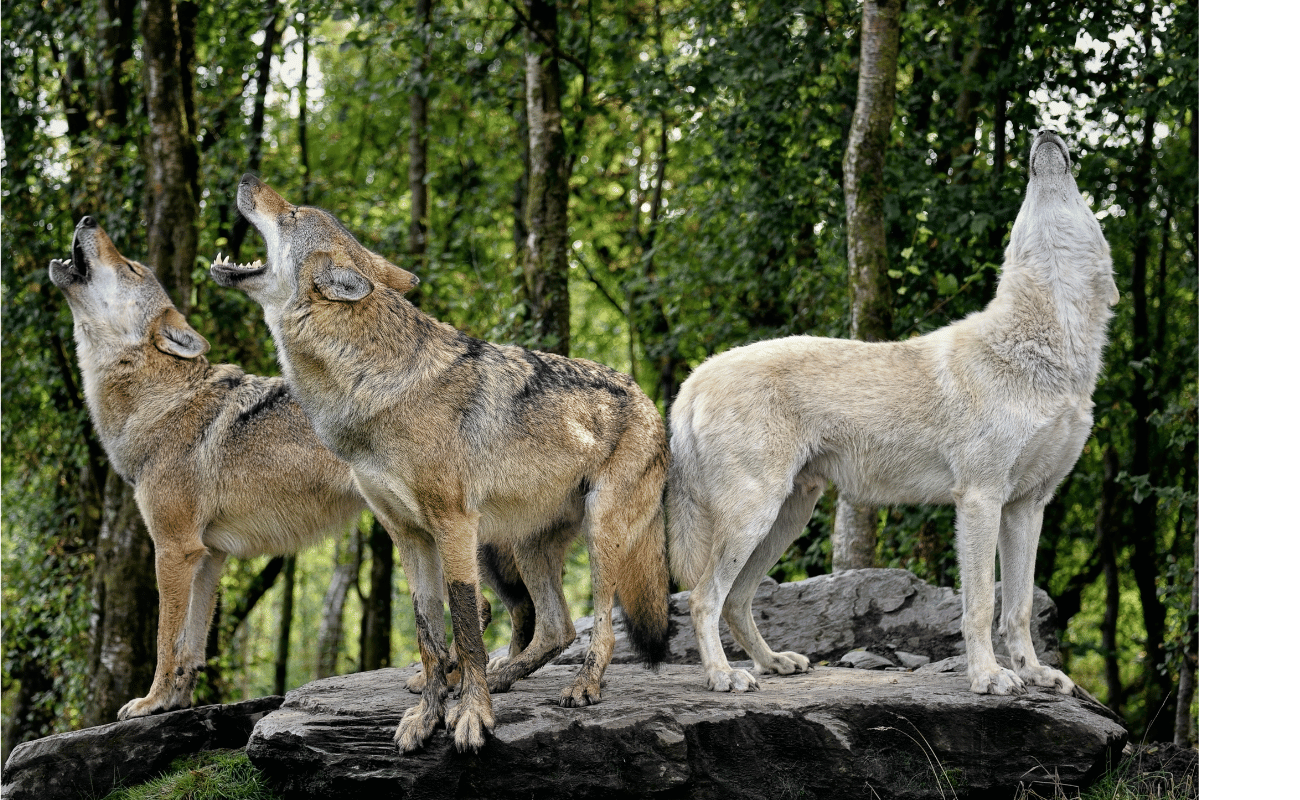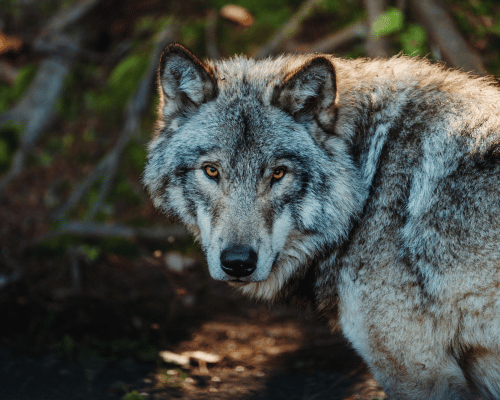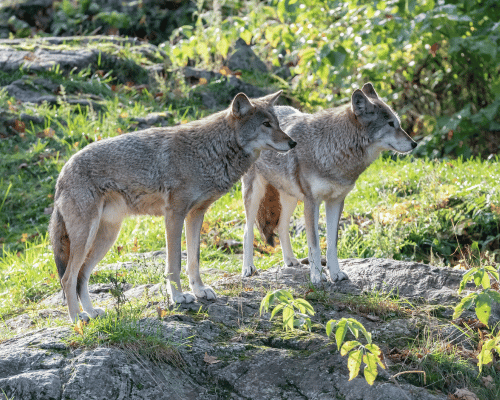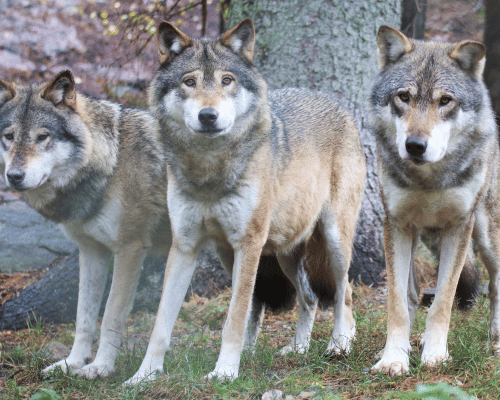Meet the Jackson Hole Wolves: Discovering Their Habits and Behaviors

As an expert in the field of wildlife and ecology, I have had the opportunity to explore the stunning beauty of Jackson Hole and its unique ecosystem. One of the most fascinating aspects of this area is the presence of wolves, which have made a remarkable comeback in recent years. As a guide for Teton Wild Custom Wildlife Tours, I have had the privilege of sharing my knowledge and passion for these magnificent Jackson Hole wolves with visitors from all over the world.
Located in Wyoming, Jackson Hole is a vast and diverse region that is home to a rich variety of wildlife. For centuries, wolves were an integral part of this ecosystem, until they were largely eradicated by human activity. However, in the 1990s, efforts to reintroduce wolves to the area began, and today, there are thriving populations of these apex predators in Jackson Hole.



The Vital Role of Wolves in Jackson Hole’s Ecosystem
Balancing Prey Populations, Behavior Insights, and Responsible Observation
The Role of Wolves in Jackson Hole’s Ecosystem
Wolves play a critical role in maintaining the balance of Jackson Hole’s ecosystem. As predators, they help to regulate populations of prey species such as elk and deer, preventing overgrazing and allowing vegetation to thrive. This, in turn, supports other species such as birds, rodents, and insects. Wolves also play an important role in controlling the spread of disease within prey populations, as they tend to target sick or weak individuals.
Behavior and Habits
Wolves are highly social animals that live in packs, which can consist of anywhere from 2 to 30 individuals. Within a pack, there is a strict hierarchy, with the alpha male and female at the top. Wolves communicate with each other through a variety of vocalizations, body language, and scent marking. They are also incredibly intelligent and adaptable animals, capable of solving complex problems and adjusting their behavior to changing circumstances.
Tracking and Observing
As a guide for Teton Wild Custom Wildlife Tours, I have had the opportunity to observe wolves in their natural habitat and share this experience with visitors. Tracking these elusive animals requires a combination of knowledge, skill, and patience. We use a variety of methods to locate wolf packs, including tracking their footprints, listening for their vocalizations, and scanning the landscape with binoculars and spotting scopes.
Once we have located a pack, we take great care to observe them from a safe and respectful distance, using binoculars and spotting scopes to get a closer look. We emphasize the importance of not disturbing the animals or altering their behavior in any way. Instead, we strive to create a meaningful and educational experience for our clients, one that fosters an appreciation for the complexity and interconnectedness of the natural world.
Conclusion
In conclusion, the presence of wolves in Jackson Hole is a testament to the resilience and adaptability of these remarkable animals. Through careful management and conservation efforts, we have seen a resurgence of wolf populations in this area, which is an important step towards preserving the balance and diversity of our ecosystem. As a guide for Teton Wild Custom Wildlife Tours, I feel privileged to share my knowledge and passion for wolves with visitors, and to help them gain a deeper understanding and appreciation for these fascinating creatures.




